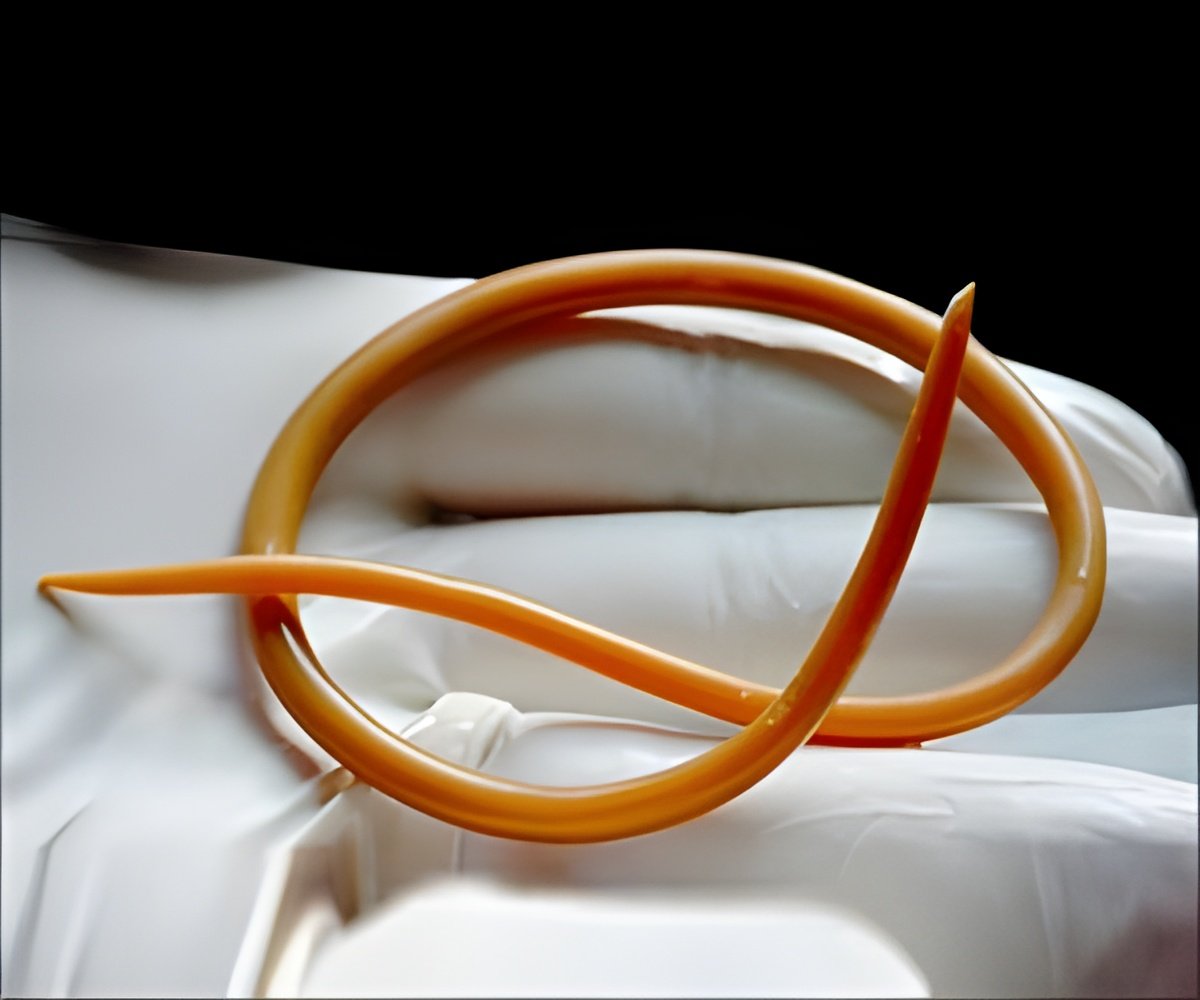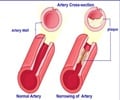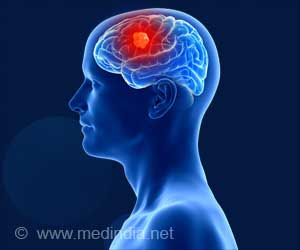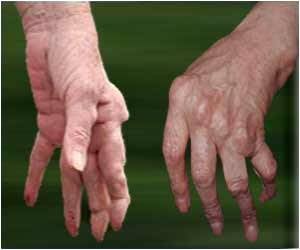Researchers at Scripps discovered that a molecule from C. elegans intestines communicates with the brain to reduce fat burning when food is scarce.

A homeostatic gut-to-brain insulin antagonist restrains neuronally stimulated fat loss
Go to source). Although the exact molecule they identified in the worms has not yet been studied in humans, the new work helps scientists better understand the complex crosstalk between the gut and the brain.
‘Did You Know?
Metabolism of fat accounts for approximately 70% of the energy used by the body at rest. #roundworm #intestines’





It also may shed light on why fasting—not eating for set periods of time —has benefits that are independent of the number of calories a person eats. Metabolism of fat accounts for approximately 70% of the energy used by the body at rest. #roundworm #intestines’
“We’ve found for the first time that fasting is conveying information to the brain beyond just caloric withdrawal,” says Scripps Research Professor of Neuroscience Supriya Srinivasan, PhD, the senior author of the new study.
“These findings make me wonder whether there are molecules made in the guts of other animals, including mammals, that explain some of the health outcomes associated with fasting.”
Researchers have long known that the brain controls the production and breakdown of fats in humans, other mammals and model organisms such as C. elegans. In 2017, Srinivasan’s group identified FLP-7, a brain hormone that triggers fat burning in the roundworm’s gut.
However, C. elegans do not have sensory nerves in their intestines, so scientists have struggled to pin down the reverse communication pathway: How does the gut signal the brain?
Advertisement
Scientists Decode Fat-Burning Signal
“We knew that altering the metabolic state of the gut could change the properties of neurons in the brain, but it was very mysterious how this actually happened,” says Srinivasan.In the new work, Srinivasan and her colleagues removed more than 100 signalling molecules from C. elegans intestines, one at a time, and measured their impact on the brain’s production of FLP-7. They found one molecule that had a large effect on FLP-7: a form of insulin known as INS-7. In humans, insulin is most known as the hormone produced by the pancreas that controls blood sugar levels. But this insulin molecule was instead being made by gut cells and also impacting fat metabolism via the brain.
Advertisement
However, when the group probed how INS-7 was impacting FLP-7-producing brain cells, they found that it was not activating insulin receptors —as all previously discovered insulin molecules do—but by blocking the insulin receptor. In turn, this blockade set off a cascade of other molecular events that eventually made the brain cells stop producing FLP-7.
“INS-7 is basically a signal coming from the intestines that tells the brain not to burn any more fat stores right now because there’s no food coming in,” explains Srinivasan.
Studies have previously shown that periods of fasting can influence the body in a variety of ways, but the mechanisms of those changes have been unclear. The new study points toward one way that an empty gut can signal the brain, which could potentially lead to a variety of health impacts beyond fat.
The new results, Srinivasan says, help explain how the brain and digestive system communicate in both directions to control metabolism based on the availability of food. More research is needed to uncover which specific pathways are involved in new gut-to-brain signals in mammals. Compounds that mimic gut hormones—such as semaglutide, commonly known under brand names such as Ozempic, Wegovy and Rybelus—have recently emerged as popular ways to control obesity and diabetes, so new gut peptides could add to this drug class. Srinivasan is also planning experiments to probe how C. elegans gut cells are triggered to produce INS-7 during fasting and which types of brain cells are affected by the molecule.
Reference:
- A homeostatic gut-to-brain insulin antagonist restrains neuronally stimulated fat loss - (https://www.nature.com/articles/s41467-024-51077-3.pdf)
Source-Eurekalert















